Instagram is one of the biggest social media platforms in the world. It has 1.3 billion users, of which 70.8% are under 35 years old. The average person spends 30.6 minutes daily posting their photos and videos. Beyond the glam, institutions use the platform to make social media education unique. Students take a photo of the book cover they want to read and share it with book lovers for comments. With this, they build a community beyond their local environment. Instagram’s content is inspirational. Whether you’re a student, faculty, or institution, read below the top ways to get the best from social media in education.
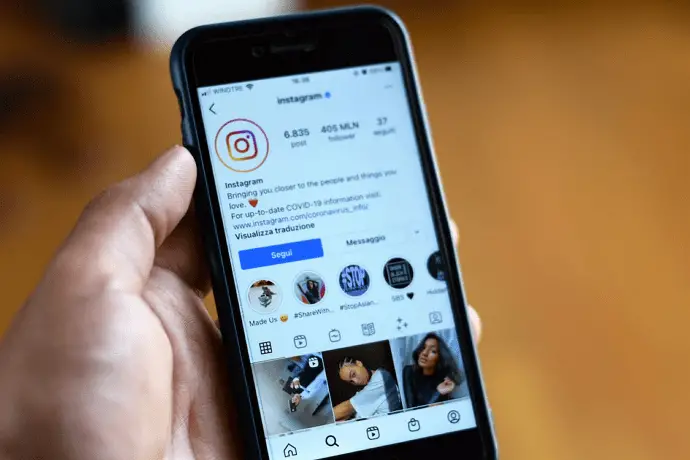
Creative Ways Institutions Stakeholders Use Instagram to Enhance Learning
Instagram offers many features that students, faculties, and institutions use to promote learning. They include feeds, stories, TV, and reels. Likewise, there are carousel posts, analytics, and filters to enhance content appearance. Some ways stakeholders use it in education are:
Knowledge Sharing Across Academic Disciplines
Students leverage Instagram learning to create quizzes and polls related to course content. Apart from this, teachers ask them to create visual content related to a subject. Take history, for example. They can design short videos to reenact historical events on their own. An alternative is to collaborate with students from other institutions. Students and faculties use educational Instagram posts to share book reviews and reading recommendations. Likewise, participants discuss course materials. Undergraduates use dedicated accounts to share flashcards, study notes, and routines. Beyond personal use, they inspire others.
On the other hand, apart from practical, teachers usually assign them writing tasks. However, most students find writing an essay more difficult than creating Instagram visual content. This way, undergraduates need to find an alternative, for example, outsource essay writing and buy original essays for sale on StudyMoose website to save their time and effort for more creative tasks they like. Thanks to such websites, students will get quality work from expert writers without worrying about missed deadlines.
Critical Thinking
Instagram helps students develop critical thinking skills by analyzing images and videos. Undergraduates examine color, emotions, and compositions in posts to detect underlying messages. The exposure to different contents broadens their cultural awareness. Similarly, curating content teaches how to draft compelling messages. Learners fact-check information, engage different opinions, and gain interdisciplinary exposure.
Engagement
Faculties use learning Instagram to promote microlearning modules through short educational videos. Students view the stories and digest them with ease. Schools use Instagram to provide virtual tours, assign assignments, and create quizzes. Faculty members host live Q&A sessions to provide more exposure. Online documentation further helps participants reflect on their experiences. Some learning activities undergraduates can try are:
- Use photos from Instagram to create flashcards to strengthen their vocabulary.
- Create a digital photo gallery of art projects to share with the community.
- Utilize filters to expand their photography skills.
- Design an e-portfolio on Instagram.
The Benefits and Challenges of Using Instagram in Education

Using Instagram for teaching and learning comes with various advantages and disadvantages. Some of them are:
Visual Engagement and Creativity
Instagram’s images and videos make learning more engaging. Features like reels and stories encourage students to express themselves. Undergraduates bring abstract features to life and use analytics to track performance.
Informal and Personalized Learning
The digital space is a more relaxing learning environment compared to a classroom. Educators still tailor content to suit each student’s learning style despite this. Undergraduates share thoughts without fear, and algorithms suggest content based on interactions.
Accessibility
Most school students are on Instagram. As a result, they enjoy unrestricted access to learning on the go. Undergraduates follow classmates, share ideas, and collaborate on projects. Beyond colleagues, they link with experts, follow industry trends, and access real-world sceneries. However, not all learners have smartphones or reliable internet connections. Hence, they don’t access learning the same way.
Privacy Issues
The online community poses a danger to students when it is not controlled. Scammers and fraudsters use phishing and social media engineering to access personal information. Undergraduates witness bullying and harassment, which leads to depression, anxiety, and suicidal indentation.
Excess Screen Time
Instagram is time-consuming and distracting. Students spend long hours on mindless strolling at the expense of their academics. As a result, balancing education with leisure becomes cumbersome.
Using Instagram as an Educational Tool
Instagram for schools offers immense educational benefits when it aligns with educational goals. Undergraduates use it to showcase their work, post class updates, and capture memories. Likewise, teachers use the platform to assign assignments and use hashtags for inspiration. Students learn how to become tech-savvy and study in a community. Most importantly, they adopt creative tools to express themselves. Despite its benefits, Instagram presents unique challenges. Hence, educators have to address them to foster a positive learning environment. Examples include inclusivity, time management, and information quality. Institutions leverage Instagram classes online to share insights, resources, and updates to complement classroom experiences.

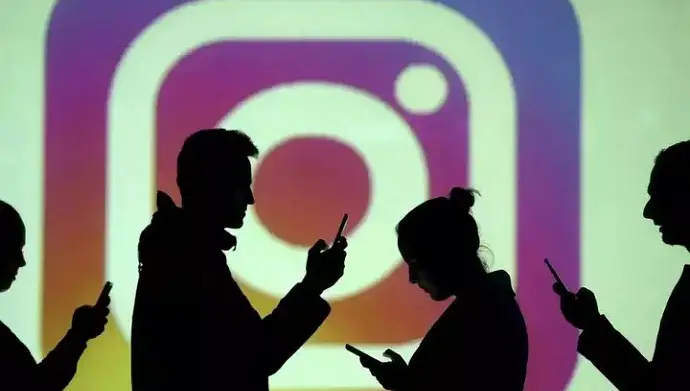
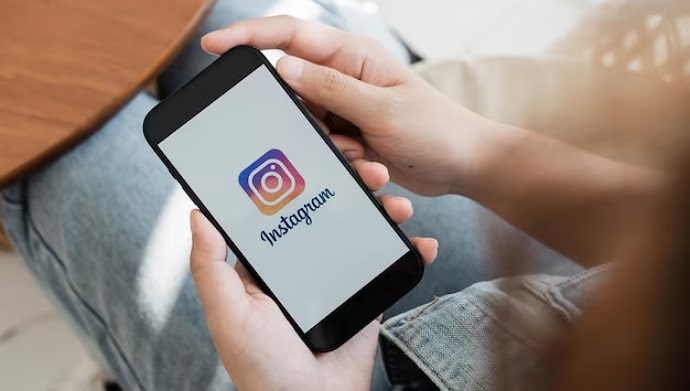
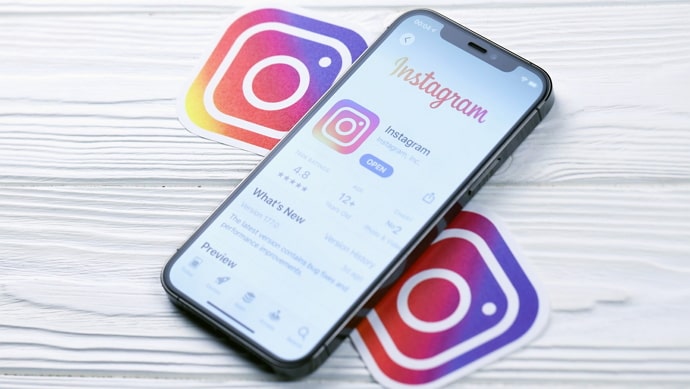
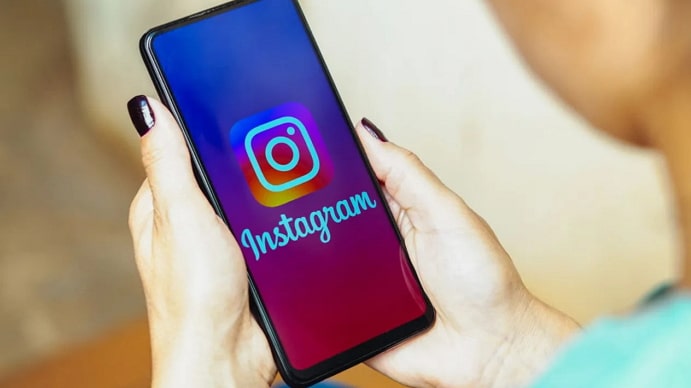
 Bitcoin
Bitcoin  Ethereum
Ethereum  Tether
Tether  XRP
XRP  Solana
Solana  USDC
USDC  Dogecoin
Dogecoin  Cardano
Cardano  TRON
TRON